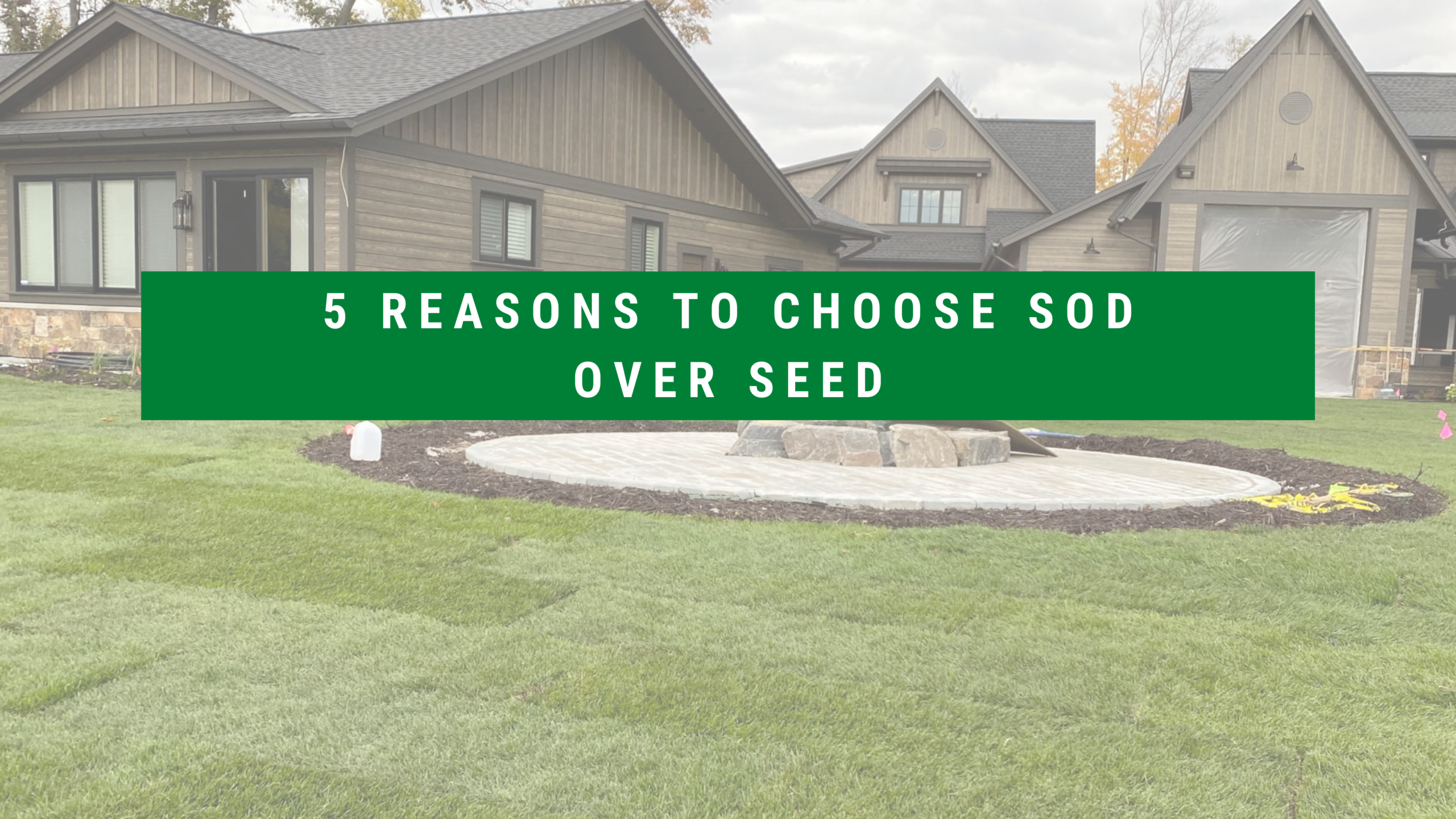Is it practical to put sod down in August? Absolutely! Sod can be installed in August when it’s hot and dry, however, you will need to be very diligent on watering. For an established yard, Kentucky Bluegrass is resilient and will go dormant if not watered properly. Because of its resiliency, it should come back once you get the water going again. However, you may see weeds trying to creep in.
The season at B&B Hoffman Sod Farms will continue into November, weather permitting, so if watering is an issue, September and October are also great times to lay sod due to the cooler temperatures and occasional rain. If you do lay sod in August, water at least once a day for 8 days (unless it rains, then that is a day of watering). After 8 days, the grass will tell you when it needs water by looking a little blueish in color. Be very mindful of this and get water on it right away.
Before you lay the sod, prepare the soil by removing twigs, stones and other debris larger than a golf ball. Fill in low areas with good quality topsoil. It’s easy to add to the soil when it is bare, so take advantage of the opportunity if needed. Break up soil clumps that are larger than 2 inches in diameter and smooth the soil with a stiff garden rake.
If you have the opportunity, lay sod on a cool, overcast day to minimize plant stress. If you lay sod in the heat of summer, call some friends to help get the sod down in a hurry and have a little fun along the way. Stagger rolls in a brick like pattern and have seams tight together without overlapping. A utility knife works best for cutting the sod rolls.
Once an area of sod is in place where you can water it without getting wet, turn on the sprinklers. Moisten the soil to a depth of 4 inches or until you can lift the sod and see that the water has penetrated through the sod and saturated the ground underneath. After 8-10 days gently tug at the sod, if you feel a little resistance, then you know the roots are starting to anchor in the soil and it is safe to mow. Mowing stimulates root growth; therefore, you want to mow around the 10 day mark.
To learn more about the Kentucky Bluegrass that B&B Hoffman Sod Farms grows and other products we offer, visit us online at bbhoffmansod.com or call 763-434- 6572.











